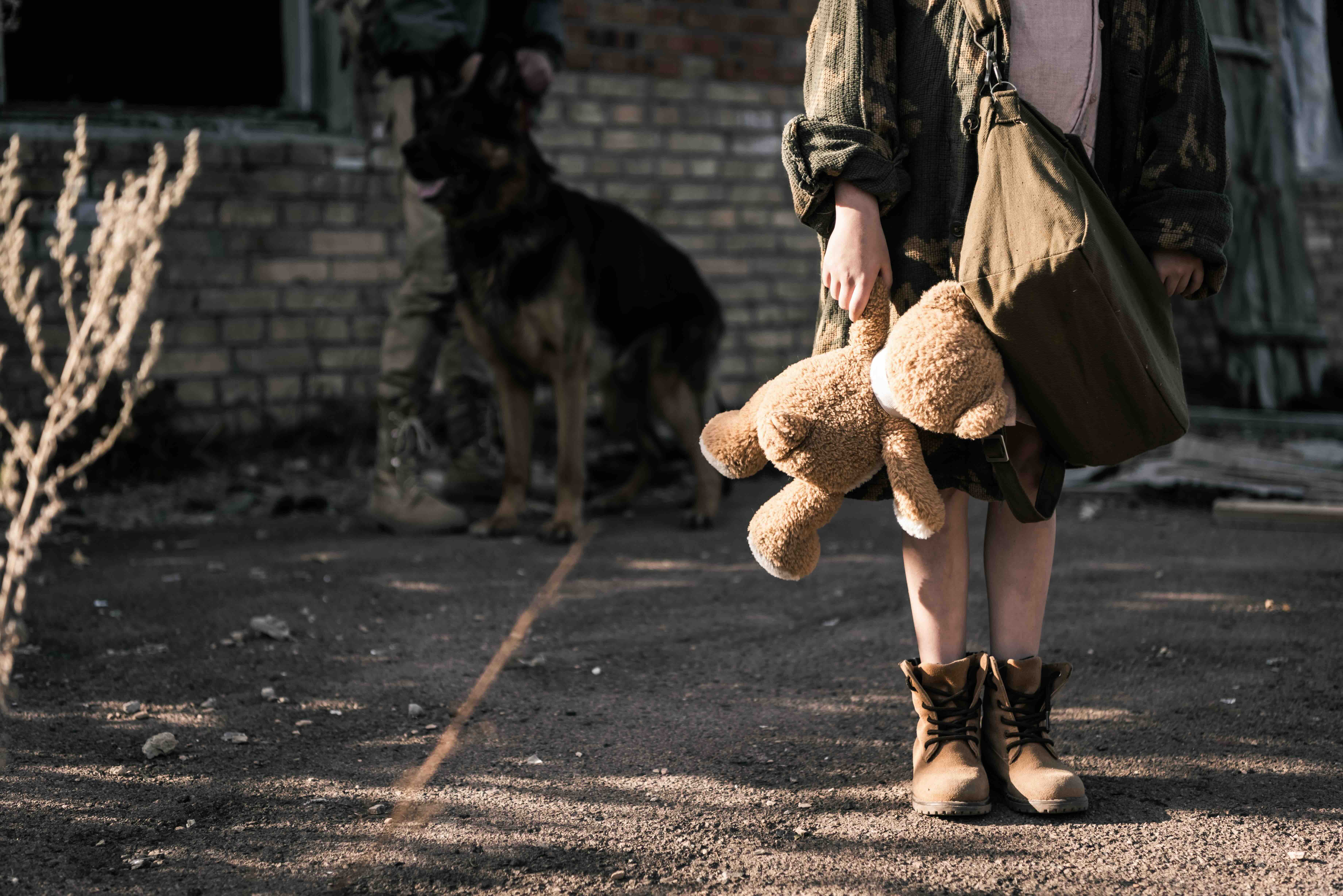
The Truth about Human Trafficking
Uncover the realities, challenge the misconceptions, and learn the facts about one of the world’s most hidden crimes.
Understanding the
Different Types of Human Trafficking
Human Trafficking Is A Global Problem
Sometimes, it’s easy to believe that something as serious as Human Trafficking only happens in far-off places or in situations we could never imagine. But the truth is, Trafficking can happen anywhere - behind any door, even one right next to yours. It’s not about the location; it’s about people being hurt and controlled in ways that aren’t always easy to see.
It’s hard to think about these things happening close to home, but the more we understand, the more we can protect others. Every person deserves to feel safe and cared for, and together, we can make a difference by being aware, compassionate, and ready to act when needed.
The numbers Don't Lie
Human Trafficking is a Growing Problem
Human trafficking is an issue of staggering proportions, and the numbers only continue to rise. Globally, it’s estimated that 27 million people are trapped in modern slavery, generating illegal profits. In the U.S. alone, human trafficking prosecutions have more than doubled in the past decade, while the National Human Trafficking Hotline has identified over 100,000 cases since 2007. Perhaps the most heartbreaking aspect is the vulnerability of children - 57% of human trafficking victims in the U.S. are minors, and worldwide, nearly one in three trafficking victims is a child.
This isn’t just a problem in distant lands or unfamiliar neighborhoods. Human trafficking thrives behind closed doors in hotels, motels, factories, homes, and even on farms. In fact, 80% of commercial sex transactions facilitated by traffickers involve hotels or motels, hiding exploitation in plain sight. For the average person, this means trafficking could be happening just next door - an alarming reminder that no community is immune.
This isn’t an unstoppable problem. While the statistics paint a dark picture, they also highlight an opportunity for action. Understanding the signs of trafficking can make a life-saving difference. By staying informed, vigilant, and compassionate, we can create a community of watchful neighbors who refuse to let trafficking go unnoticed.
Trafficking thrives in silence and secrecy, but together, we can shine a light on this hidden crime. Every effort counts, and every life is worth fighting for. There is hope - because change begins with us looking Through Their Eyes.
$236 Billion
(Estimated)
According to the International Labour Organization (ILO), forced labor in the private economy generates approximately $236 billion in illegal profits annually.
1,912
In 2022, U.S. attorneys received referrals for 1,912 individuals suspected of human trafficking offenses, marking a 26% increase from 2012.
100,891
Since 2007, the National Human Trafficking Hotline has identified 100,891 cases of human trafficking, involving approximately 197,000 victims.
Children
Globally, children account for about 28% of identified trafficking victims. In the United States, a 2021 federal report indicated that 57% of human trafficking victims were minors.
Hotels
A 2018 report by Polaris highlighted that 80% of commercial sex transactions by traffickers involved hotels, with 20% of traffickers using hotels to house victims, and 69% of survivors reporting hotel use during their exploitation.
Who’s at Risk? Understanding Vulnerability in Human Trafficking
Human trafficking doesn’t discriminate - it can happen to anyone, anywhere. However, certain factors increase vulnerability, making some individuals more at risk than others. Traffickers prey on desperation, instability, and trust, often targeting those who feel they have nowhere else to turn.
Marginalized & Underserved Populations
People experiencing poverty, homelessness, and lack of access to education or employment are at higher risk because traffickers offer false promises of stability, shelter, or work.
Children in Unstable Home Environments
Foster care youth, runaway teens, and children facing abuse or neglect are often targeted by traffickers who pretend to offer love, security, or a “better life.” Many victims of familial trafficking are exploited by their own relatives.
Migrant Workers & Laborers
Individuals seeking work opportunities - especially undocumented immigrants and seasonal workers—are vulnerable to labor trafficking, where they are coerced through threats, withheld wages, or fear of deportation.
Victims of Online Exploitation & Digital Grooming
With the rise of social media, gaming platforms, and digital content production, traffickers increasingly recruit online. Teens and young adults looking for modeling, influencer, or “easy money” opportunities can be tricked into exploitative situations.
Common Myths vs. Reality
Trafficking always involves physical restraint or captivity.
Many victims are controlled through psychological manipulation, debt bondage, threats against their family, or fear of deportation. Traffickers often don’t need chains to keep victims trapped - coercion and dependency are powerful tools.
Victims will always ask for help or try to escape.
Many victims don’t realize they are being trafficked, especially in cases of familial trafficking or labor exploitation. Others feel trapped due to shame, trauma bonding, fear of law enforcement, or threats from traffickers.
Most trafficking is done by strangers in organized crime rings.
While some trafficking is linked to organized crime, many traffickers are people the victim knows and trusts - including family members, employers, romantic partners, or community leaders. Familiarity often makes victims more vulnerable to exploitation.
Trafficking always involves crossing borders or moving to a new location.
Many victims are trafficked without ever leaving their own homes, neighborhoods, or workplaces. Trafficking is about exploitation, not transportation, and it happens in local businesses, private homes, and online platforms - even in plain sight.
Make room to care. Be the change
Human trafficking thrives in silence - but together, we can break it. Every action, every voice, every moment of awareness brings us closer to ending this crisis. Survivors need more than just recognition—they need support, advocacy, and real change.
Join us in the fight. Through Their Eyes is more than a program - it’s a movement to expose the truth, educate communities, and empower action. Will you be the one who sees, who speaks up, who makes a difference?
Learn the signs. Share the truth. Take action.


